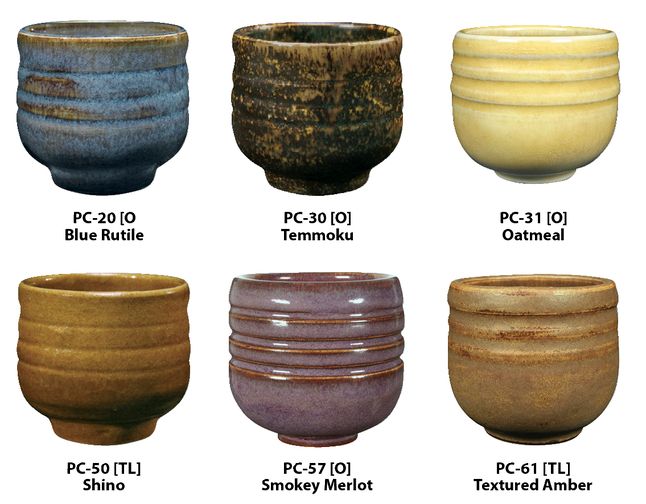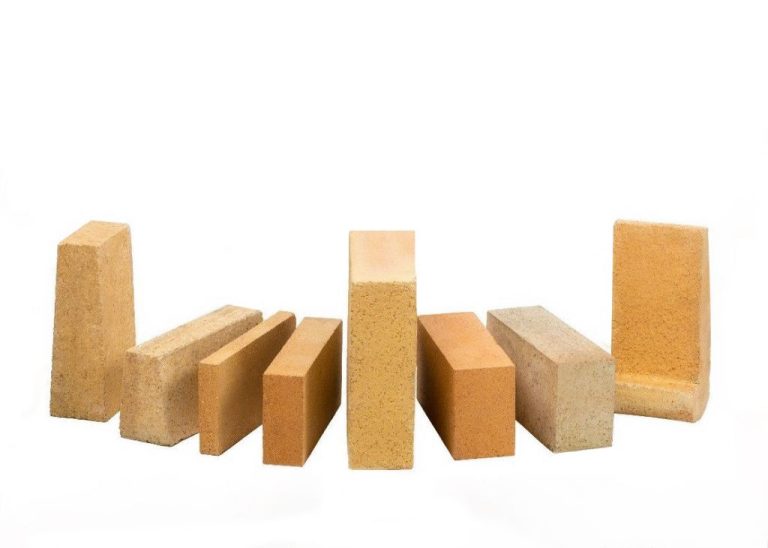What Are Ceramic Berry Bowls?
What are Ceramic Berry Bowls?
Ceramic berry bowls are a type of bowl specifically designed for holding and serving berries. As the name suggests, they are made from ceramic materials such as clay or porcelain. Ceramic berry bowls typically have a wide, shallow bowl shape that allows berries to be displayed attractively while also making them easy to access and eat.
Compared to bowls made of other materials like metal or glass, ceramic berry bowls have some advantages when used for serving berries. The porous nature of ceramic helps absorb excess moisture from juicy berries. This prevents the bowl from becoming soaked and allows the berries to last longer without getting soggy or mushy. Ceramic bowls can also be chilled in the refrigerator before serving to help keep berries cool and fresh.

In addition, the smooth glazed interior of ceramic bowls make them very easy to clean after use. Their decorative nature and bright glazing also allow ceramic berry bowls to add visual interest to fruit displays. Popular styles feature bright colors, scalloped edges, or delicate patterns to complement the colorful berries inside. While ceramic berry bowls serve a practical purpose, their attractive designs make them suitable for both casual and formal table settings.
History of Ceramic Berry Bowls
Ceramic berry bowls have a long history going back centuries in Europe. Specifically, their origin is believed to be in England, where it evolved from larger fruits bowls and bowls designed to decorate tables with seasonal fresh fruit. According to Rediscovering the Craft of Berry Bowls, berry bowls emerged during the late 18th to early 20th centuries as a functional vessel to display and store smaller summer fruits like berries and currants.
As a craft, berry bowls represented an inexpensive way to add seasonal decoration to the home. The bowls were often made in pottery villages and sold or traded locally. The vintage bowl designs featured simple fluted or scalloped rims and pierced designs to allow air circulation. Over time, berry bowls evolved into collectible folk art with elaborate pierced patterns. Modern designs still retain some of the classical pierced motifs, but with an expanded range of glazes, colors, and shapes.
Common Uses and Purposes
Ceramic berry bowls are most commonly used for serving fresh berries, fruits, and snacks. The holes in the bowls allow air circulation, which helps keep berries and other fruits fresher for longer compared to serving in a regular bowl.
Some common items served in ceramic berry bowls include:
- Berries – blueberries, raspberries, blackberries, strawberries
- Cherries
- Grapes
- Cherry tomatoes
- Olives
- Nuts
- Candy and other small snacks
The bowls can also be used for serving dips, with cut vegetables and chips placed around the outside of the bowl for dipping. The holes allow excess dip to drain away, keeping snacks crisper.
In addition to serving, ceramic berry bowls are useful for rinsing berries and fruits under running water as the holes allow water to drain away quickly.
According to Off Your Rocker Pottery, ceramic berry bowls have many uses in the kitchen beyond just serving berries: “They can be used in more than one way in your kitchen: they properly aerate your berries to keep them fresh and can also be used as a strainer/colander. You can rinse leafy greens in them, or let excess water drain from defrosted items without making a mess.” Source
Popular Materials
The most popular materials used to create ceramic berry bowls are clay, porcelain, stoneware, and terra cotta. These ceramic materials all have properties that make them well-suited for crafting berry bowls.
Clay is very versatile and easy to work with. Its malleable quality allows artisans to shape beautiful, intricate designs by hand (Source). Clay can be decorated using glazes, underglazes, and other surface techniques to create one-of-a-kind berry bowls.
Porcelain is known for its bright white color, durability, and low porosity. It creates smooth, stain-resistant surfaces that help keep berries fresh. Porcelain berry bowls often feature simple, clean designs to showcase the material’s refined aesthetic (Source).
Stoneware is extremely strong and durable. It maintains its shape well and resists chips and cracks. Stoneware berry bowls tend to have a rustic, earthy look and feel. The material can be left unglazed or finished with colorful glazes.
Terra cotta has a distinctive reddish hue from its iron oxide content. It has a porous quality that allows air to pass through. The breathability of terra cotta helps regulate moisture and extend the life of fresh berries. Terra cotta bowls often have a handmade, organic style.
Standard Sizes
Ceramic berry bowls come in a range of standard sizes, typically categorized as small, medium, and large capacity bowls. According to Connected Goods, a large ceramic berry bowl has an approximate diameter of 8 inches and height of 2.75 inches. Medium sized bowls range from 6 to 7 inches in diameter and 2 to 3 inches in height. Small bowls are generally 4 to 5 inches in diameter and around 2 inches high.
The capacity of ceramic berry bowls depends on the dimensions, but small bowls typically hold 1 to 2 cups, medium bowls hold 3 to 4 cups, and large bowls hold 5 to 6 cups of berries or other fruits.
Common Designs and Styles
Ceramic berry bowls come in a wide variety of designs and styles. Some of the most popular options include:
Glazes – Berry bowls may have solid color glazes like navy blue, forest green, or bright red. Metallic glazes like gold, silver, and copper are also common. Multi-colored glazes with blends, drips, and color variations provide visual interest. Neutral glazes like white and cream work well for a minimalist look.
Shapes – Round, oval, square, and freeform organic shapes allow for drainage and aesthetic appeal. Lipped rims keep berries contained while concave bowls collect juices.
Patterns – Etched patterns like polka dots, stripes, and latticework add decorative flair. Textured patterns like swirls, scales, and cross-hatching provide visual and tactile appeal.
Decorative Techniques – Details like impressed botanical motifs, carved rims, stamped designs, and painted accents differentiate styles. Some bowls incorporate techniques like sgraffito, mishima, and slip trailing.
Bowls range from simplistic forms to elaborate works of art. The diverse designs allow for coordinating with any kitchen’s style and tablescape.
Sources: https://www.pinterest.com/helendohn/berry-bowls/, https://www.rachaelpots.com/kitchenware/large-berry-bowl-made-to-order-hm8bz
Manufacturing Process
Ceramic berry bowls are made using a specialized manufacturing process that involves several key steps:
Forming – The clay body mixture is prepared and formed into the desired berry bowl shape, either by hand on a pottery wheel, or by pouring the clay into pre-formed molds. The clay is left to dry until it hardens enough to retain its shape.
Glazing – Once dried, a glaze mixture is applied to the surface of the clay berry bowl and allowed to dry. The glaze helps seal and protect the clay, as well as add decorative colors and effects.
Firing – The glazed clay bowl is heated in a high-temperature kiln, up to over 2000°F. Firing hardens the clay, fuses the glaze to the surface, and creates the final ceramic material.
Finishing – After firing, the edges of the ceramic berry bowl may be smoothed and final polishing applied. The finished bowls are inspected for quality before packaging.
Care and Maintenance
Ceramic berry bowls require some care to maintain their beauty and functionality over time. Here are some tips for cleaning, storing, and preventing chips:
For cleaning, use a soft scrub brush and mild dish soap, avoiding abrasive sponges that could scratch the glaze. The small holes can trap debris, so be sure to thoroughly clean each one using a tapered double-ended tool made for ceramics. Occasionally fill the bowl with water and a splash of vinegar, let sit for 15 minutes, then scrub clean [1].
For storage, keep the berry bowl in a protected spot in a cupboard to prevent chips and cracks. Avoid stacking other ceramic pieces on top. Wrap in a soft cloth or place on a padded surface if storing loosely. The porcelain and stoneware materials are durable but prone to breaking if knocked around [2].
To prevent chips over time, handle the bowl gently when washing, filling, and emptying. Avoid banging utensils or dropping berries from a height into the bowl. The fired glaze is strong but can chip if subjected to heavy impacts, especially on the delicate edges. Place on soft surfaces and hold carefully.
Where to Buy
Ceramic berry bowls can be purchased from a variety of retailers, both online and in brick-and-mortar stores. Some of the most popular places to buy ceramic berry bowls include:
Online retailers like Amazon, Etsy, and Crate & Barrel offer a wide selection of ceramic berry bowls in various sizes, shapes, colors and designs. The convenience of online shopping, combined with free shipping offers and easy returns, makes purchasing online a top choice for many.
Big box stores like Target, Walmart, IKEA, and Bed Bath & Beyond typically have ceramic berry bowls in stock in their kitchenware aisles. While the selection may be more limited, these stores allow you to see and feel the bowls in person.
Specialty kitchenware stores like Sur La Table, Williams-Sonoma and Kitchen Kapers are excellent places to find high-quality ceramic berry bowls. Though often at premium prices, their selections are vast and staff is knowledgable to help you find the perfect bowl.
Local ceramic artists and potters also make unique handmade ceramic berry bowls that can be found at craft fairs, art shows, and their own websites or Etsy shops. Though more expensive, these customized bowls make special gifts.
With so many options, it’s easy to find beautiful ceramic berry bowls to meet your needs, style and budget.
Cost Considerations
Ceramic berry bowls can range widely in price depending on factors like size, materials, and whether they are mass-produced or handmade by artisans.
Smaller bowls that are mass-produced can often be found for under $20. Larger bowls around 6-8 inches across may cost $30-50 from major retailers. For high-end ceramic berry bowls from artisan potters, prices typically start around $50 and can go up to $100 or more, especially for rare vintage pieces.
The most budget-friendly options are basic glazed ceramic bowls without ornate designs. Opting for hand-painted patterns, colorful glazes, or other embellishments will increase the price. The material used also impacts cost – porcelain is generally more expensive than stoneware or earthenware due to its delicacy.
When evaluating prices, consider factors like craftsmanship, uniqueness, and durability. Well-made artisan berry bowls can become heirloom pieces passed down for generations. Those on a tighter budget can find quality mass-produced bowls at lower price points from major retailers.



